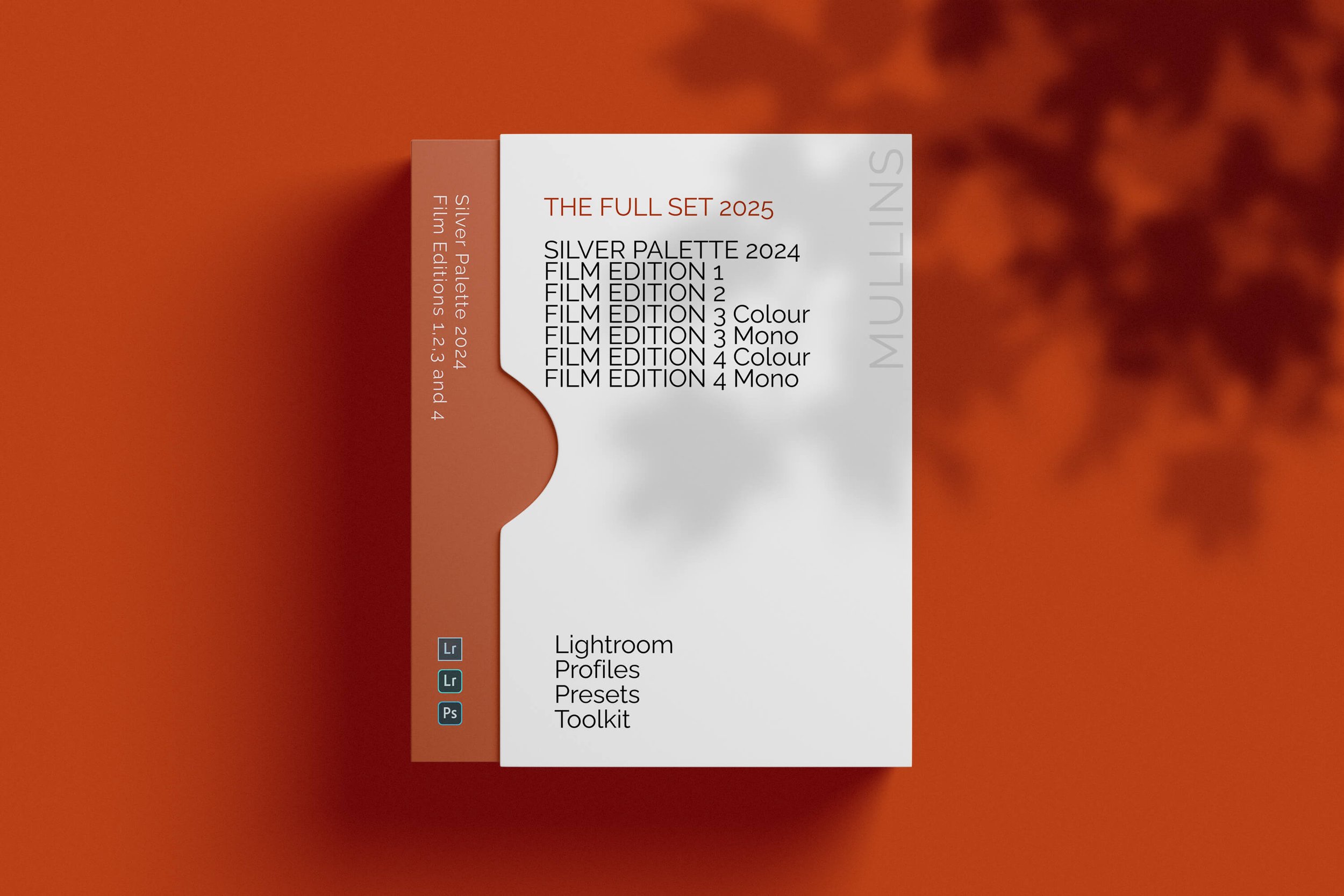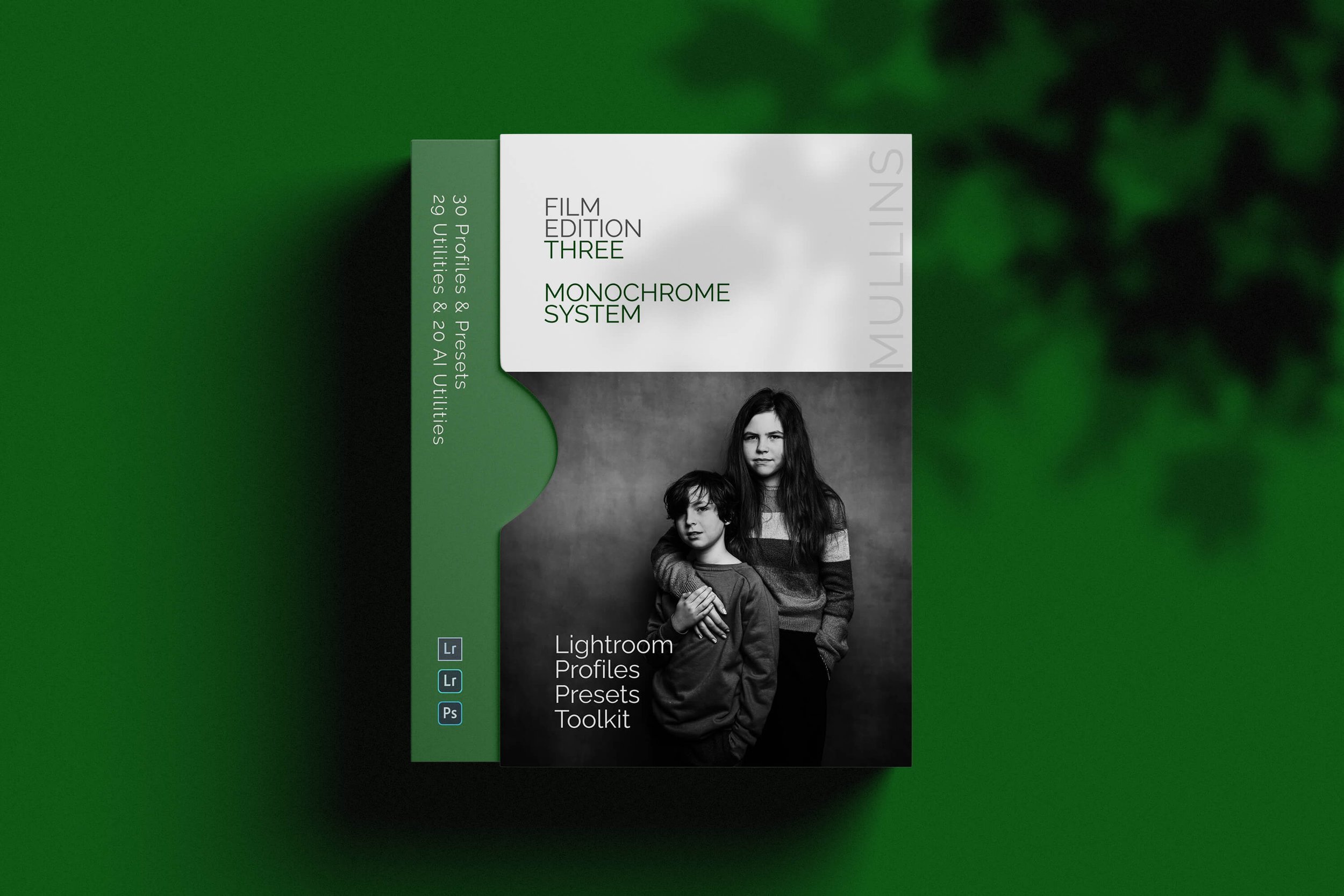Film Recipe - Technicolor Warm (Colour)
Technicolor Warm: Colour Film Simulation Recipe
Fujifilm Recipe Technicolour (Warm)
Technicolor Warm is a tribute to the golden age of Hollywood—an era where colour was dialled up not for realism, but for emotion. This recipe emulates that look: deep reds, lush greens, rich skin tones, and a warmth that feels theatrical rather than natural.
Built on Classic Chrome and tuned to push saturation and depth, Technicolor Warm brings a strong cinematic feel to everyday scenes. It’s ideal for bold compositions, strong light, and images where the colour is part of the story.
It’s nostalgic, but not vintage. It’s rich without being cartoonish. This is a look for people who want their JPEGs to sing.
Fujifilm JPEG Settings:
Film Simulation: Classic Chrome
Grain Effect: Weak
Grain Size: Small
Colour Chrome Effect: Strong
Colour Chrome FX Blue: Weak
WB: Daylight
WB Shift: - R:4 B:-3
Highlight Tone: +2
Shadow Tone: +1
Colour: +4
Sharpness: 0
NR: -2
Clarity: +2
NOTE: Some settings may not be available on every Fujifilm Camera
Notes on the Settings
Classic Chrome might not be the obvious base for a Technicolor emulation, but when you push colour and contrast around it, it becomes a surprisingly powerful tool. It holds saturation beautifully and adds a bit of filmic curve to the shadows.
White Balance: Daylight + WB Shift R:+4 B:-3 adds strong warmth without overpowering the midtones. It gives skin tones richness, and highlights a golden tint that echoes classic three-strip Technicolor.
Highlight +2 / Shadow +1 boost depth while preserving midtone softness. It’s a look made for light that falls clean and full—especially useful when photographing colour-rich environments.
Color +4 is what makes this recipe. It amplifies hues, but thanks to Color Chrome Effect: Strong and Color Chrome FX Blue: Weak, nothing tips into chaos. Blues stay rich. Reds pop. Greens hum.
Grain Effect: Weak / Size: Small keeps texture alive without competing with the bold palette.
Clarity +2 and Sharpness 0 balance each other—there’s depth in surfaces and separation in tones, but nothing feels digitally overworked.
High ISO NR -2 leaves just enough shadow character to feel organic, while keeping things clean where it matters.
Artistic Reasoning
Technicolor Warm is for colour that tells a story. It works best in good light—sunlight, artificial light, anything with shape and warmth. It brings out richness in faces, vibrancy in clothing, depth in backgrounds. It’s not shy.
Use it when the moment feels full. When you want your image to feel like a frame from something grand, even if it’s just a Sunday in the park.
It’s classic. But not quiet.
Technicolor (Warm): Colour Film Simulation Recipe Film Simulation Recipe (Sample Images)
If you prefer Shooting RAW:
Those of you who prefer to shoot RAW and edit with the more advanced latitude this gives you may be interested in my current set of Professionally designed profile-based Lightroom and Adobe Camera Raw Presets.

























